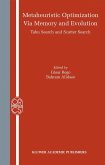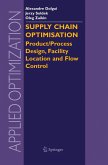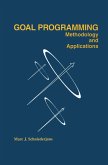The United States Air Force fighter training squadrons build weekly schedules using a long and tedious process. Very little of this process is automated and optimality of any kind is nearly impossible. Schedules are built to a feasible condition only to be changed with consideration of Wing level requirements. Weekly flying schedules are restricted by requirements for crew rest, days since a pilot's last sortie, sorties in the last 30 days, and sorties in the last 90 days. By providing a scheduling model to the pilot charged with creating the schedule, valuable pilot hours could be spent in the cockpit, simulator, or other required duty. This research effort presents a mathematical programming (MP) approach to the fighter squadron pilot training scheduling problem. The methodology presented is based on binary variables that will provide integer solutions to every feasible set of inputs. A simulator heuristic developed specifically for this problem assigns pilots to simulator sorties based on the feasible solutions obtained from two different formulation and solving approaches. One approach assigns training mission sorties and duties for the entire week, while the other approach breaks the week into ten successive sub-problems. The model constructs two feasible schedules in approximately 2.5 minutes. This work has been selected by scholars as being culturally important, and is part of the knowledge base of civilization as we know it. This work was reproduced from the original artifact, and remains as true to the original work as possible. Therefore, you will see the original copyright references, library stamps (as most of these works have been housed in our most important libraries around the world), and other notations in the work. This work is in the public domain in the United States of America, and possibly other nations. Within the United States, you may freely copy and distribute this work, as no entity (individual or corporate) has a copyright on the body of the work. As a reproduction of a historical artifact, this work may contain missing or blurred pages, poor pictures, errant marks, etc. Scholars believe, and we concur, that this work is important enough to be preserved, reproduced, and made generally available to the public. We appreciate your support of the preservation process, and thank you for being an important part of keeping this knowledge alive and relevant.
Bitte wählen Sie Ihr Anliegen aus.
Rechnungen
Retourenschein anfordern
Bestellstatus
Storno








